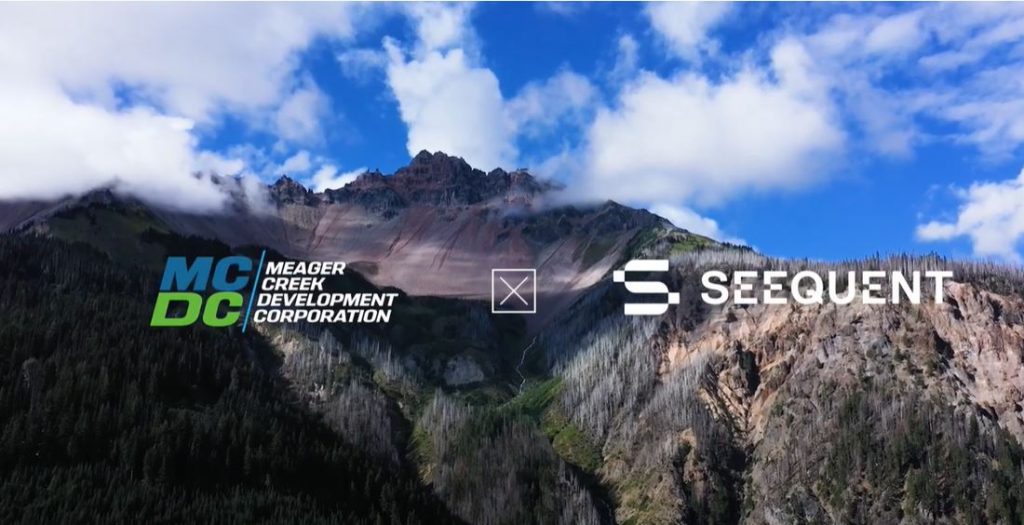Video – Meager Creek geothermal development, BC, Canada

In this short video, Meager Creek Development Corp describes the development process for the Meager Creek project in BC, Canada and the role of Leapfrog Geothermal.
NZ-based software company Seequent and the Meager Creek Development Corporation (MCDC) has published a short video on the Meager Creek geothermal project in British Columbia, Canada. The video tackles the potential of Meager Creek to produce geothermal power for green hydrogen production and how the developer leverages the vast amount of data to drive better drilling performance and engagement with stakeholders. You may watch the video here.
In 2021, Calgary, Alberta-based MCDC purchased the geothermal lease at Mount Meager as we reported. This is an area that has already been heavily investigated in the past decades by an assortment of techniques including geology, geochemistry, geophysics, and drilling of several temperature gradient wells.
In the early 2000s, a potential capacity of 100 MWe was estimated for the project following MT surveys and drilling of three deep slim wells. A maximum temperature of 275 degrees Celsius was measured in the wells from a reservoir that had an areal extent of 4.5 to 7.5 km².
As the video described, MCDC intends to use the geothermal power from Meager Creek for the production of green hydrogen. This synergy of geothermal and green hydrogen has huge potential and is being pursued in several projects across the world such as in New Zealand, Australia, and Iceland.
MCDC Managing Director Craig Dunn describes how they are using Seequent’s Leapfrog geothermal modeling software to create comprehensive and multidisciplinary models of the Meager Creek geothermal resource from the voluminous data tat has been generated through the decades. This has been instrumental in identifying drilling targets. The visualization options of Leapfrog has also been helpful in presenting the project to the community, investors, and various stakeholders.
Source: Seequent